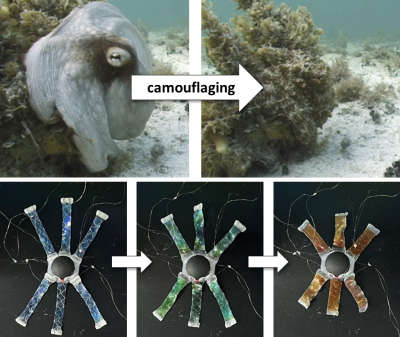A physicist has proposed an innovative plan to utilize Ganymede, Jupiter’s largest moon, as a colossal detector for dark matter. William DeRocco, a researcher at the University of Maryland, put forward this ambitious idea in a recent preprint submitted to arXiv. Dark matter, which makes up approximately 85% of the universe’s mass, remains elusive, as it does not interact with light and has minimal interaction with ordinary matter.
DeRocco’s proposal suggests that the craters on Ganymede could hold evidence of dark matter particles. He theorizes that these particles, which are significantly larger than those typically sought by ground-based detectors, may have struck Ganymede’s icy surface. This impact could create unique features he calls “dark matter craters,” which would be smaller depressions on the moon’s surface, formed by minerals brought up from its subsurface oceans.
Exploring Ganymede’s Surface for Cosmic Clues
The plan outlines a potential method for investigation. Spacecraft such as NASA’s Europa Clipper and the European Space Agency’s (ESA) JUICE mission could observe these craters during their missions. DeRocco explained that by employing tools like ground-penetrating radar, researchers could analyze the ice and potentially identify columns of melted ice leading down through layers of material.
The significance of this research lies in its potential to provide insights into the nature of dark matter. Although the idea is still in its early stages and has not undergone peer review, it has garnered interest from the scientific community. Bradley Kavanaugh, an astrophysicist at the University of Cantabria in Spain, noted that while the proposal is intriguing, the existence of such massive dark matter particles remains unproven.
Challenging Conventional Wisdom
DeRocco’s concept may sound unconventional, but it reflects a broader trend in physics where bold ideas are essential for uncovering the mysteries of the universe. As Kavanaugh pointed out, the search for dark matter continuously pushes the boundaries of scientific inquiry. There is currently no definitive proof that large dark matter particles exist, yet the absence of evidence does not rule out their possibility.
The scientific community eagerly awaits whether NASA or ESA will consider DeRocco’s proposal for future missions. If taken up, this research could shed light on the composition of the universe and expand our understanding of cosmic phenomena. As Ganymede remains one of the more intriguing celestial bodies in our solar system, the prospect of discovering traces of dark matter on its surface offers a tantalizing glimpse into what lies beyond our current knowledge.





































































